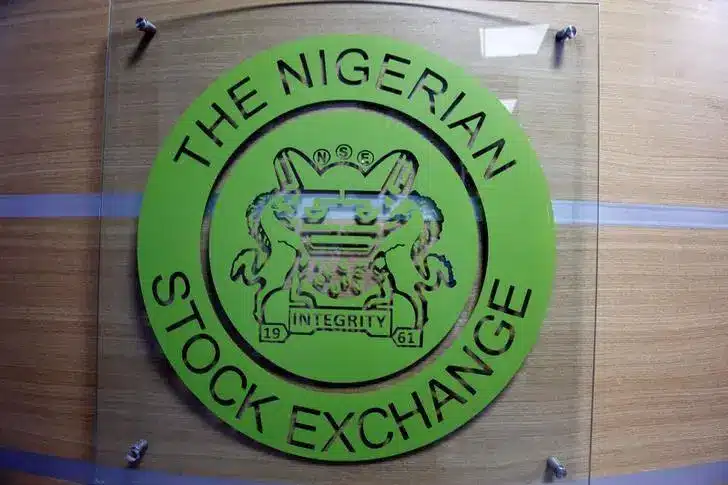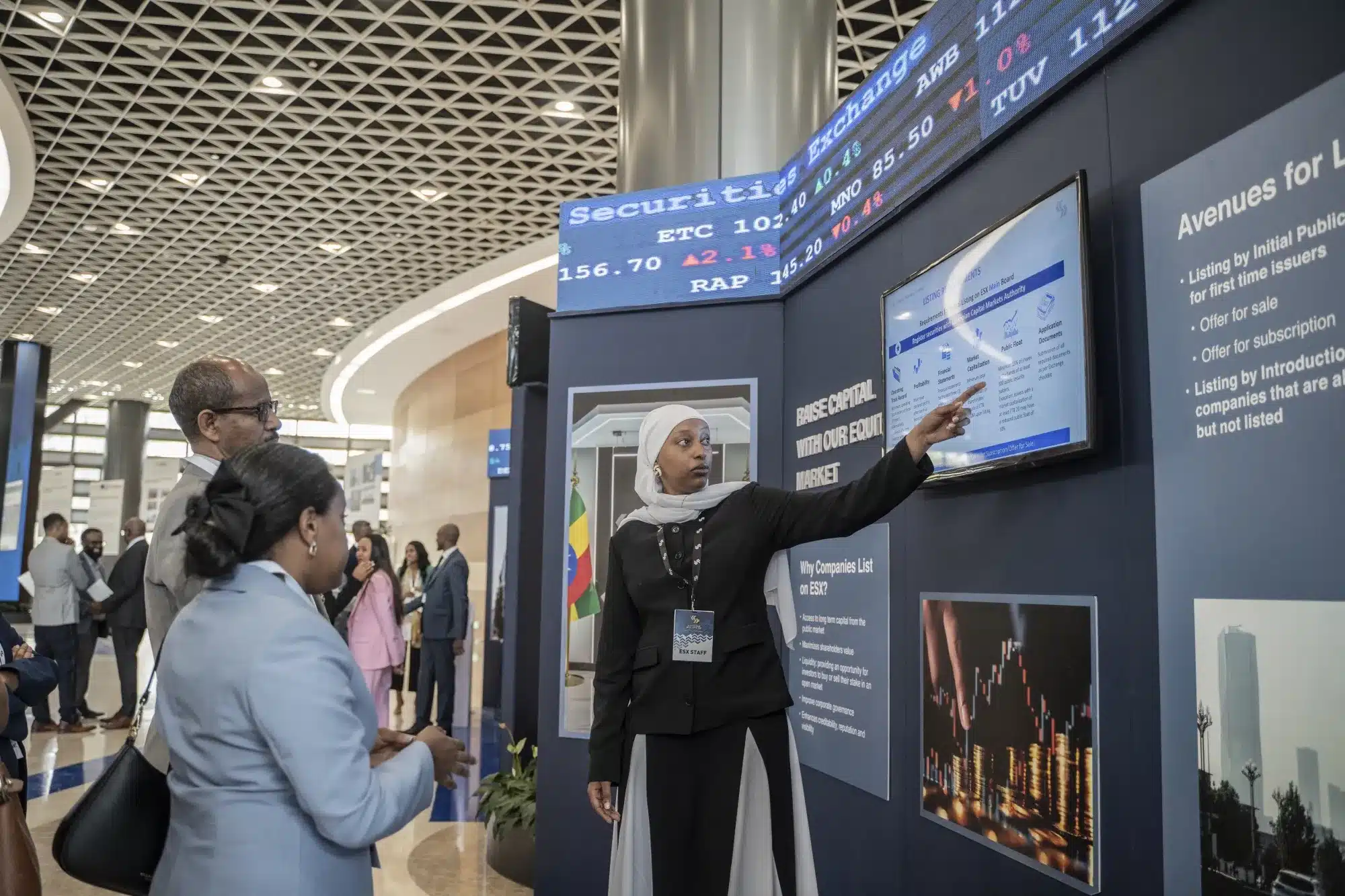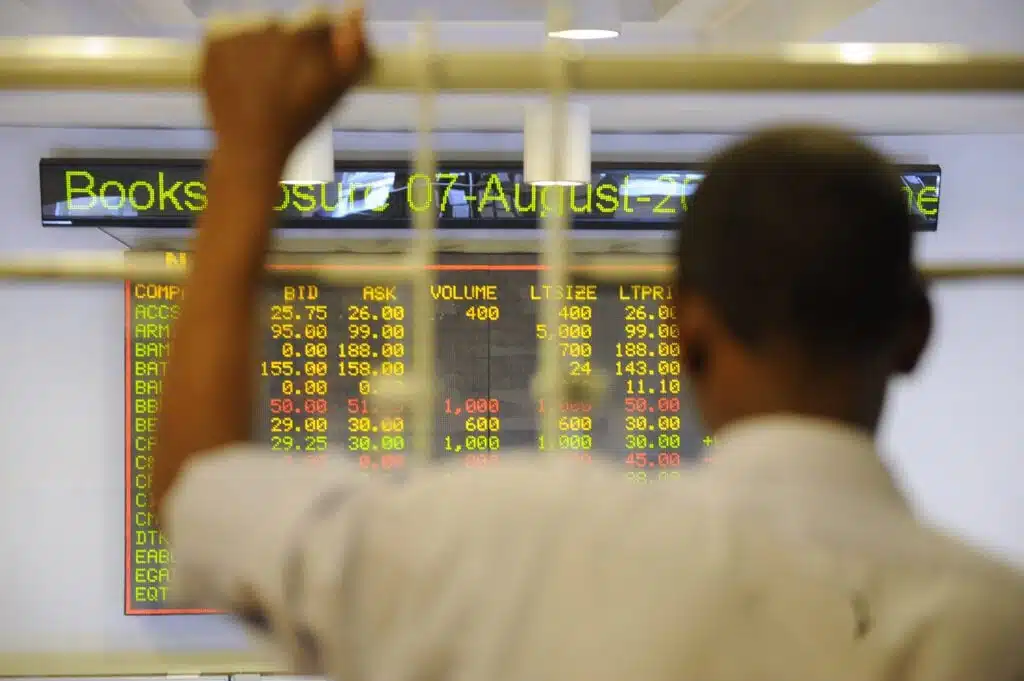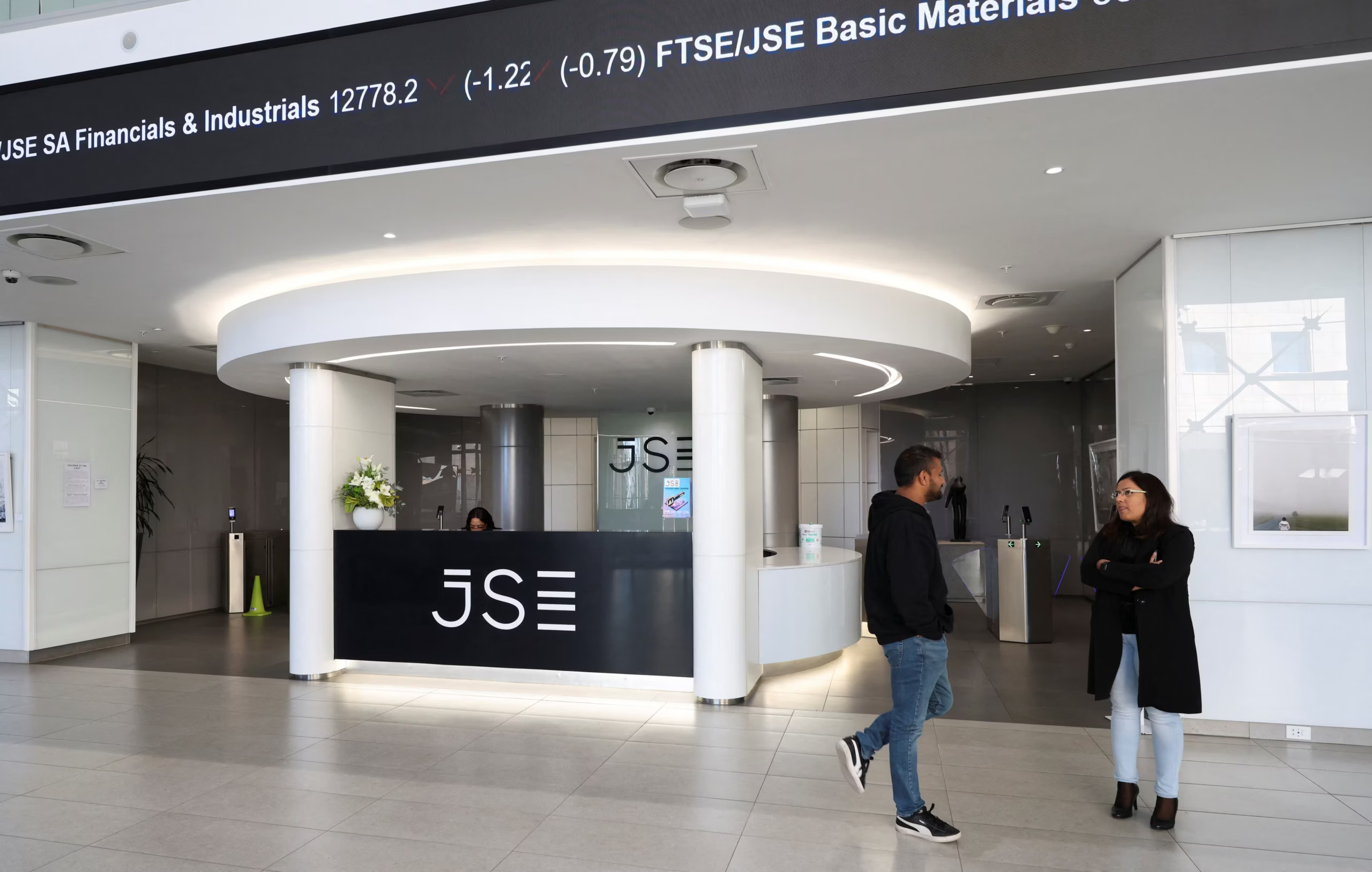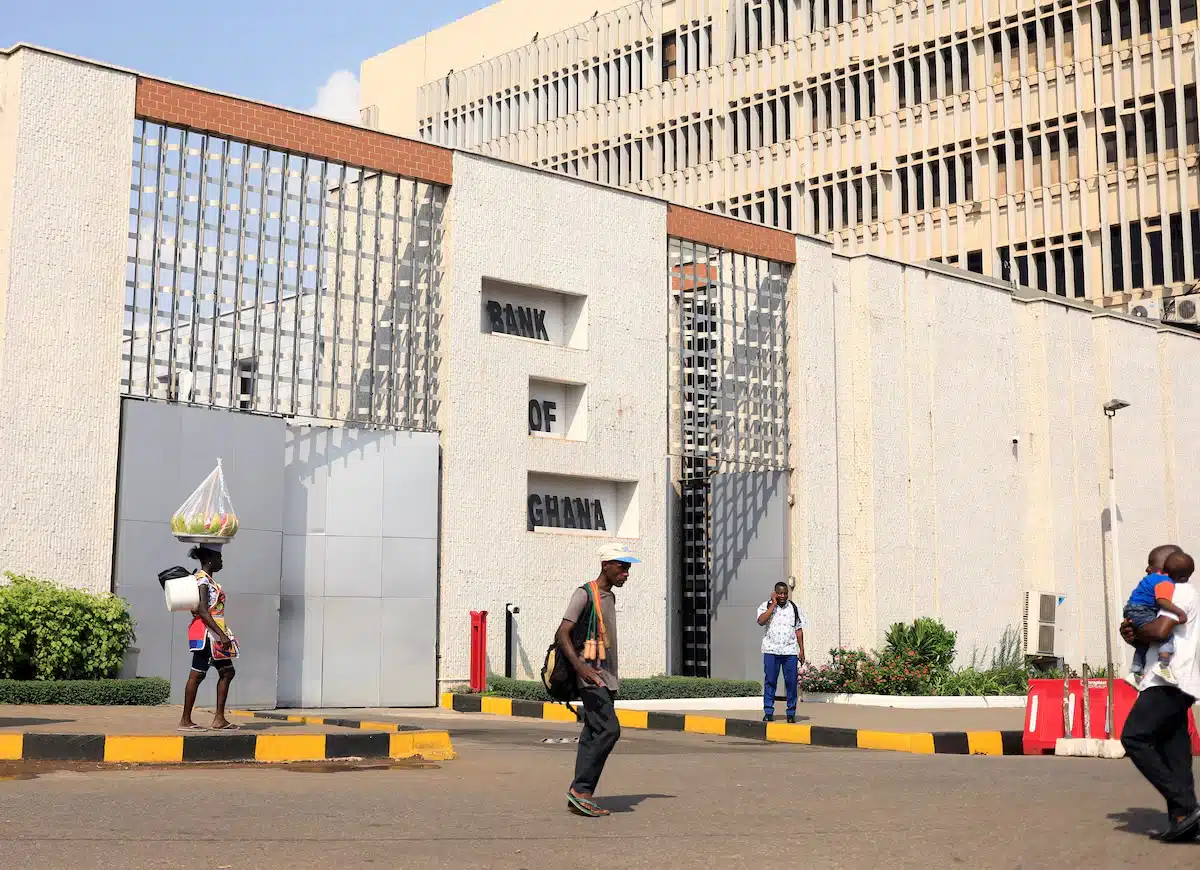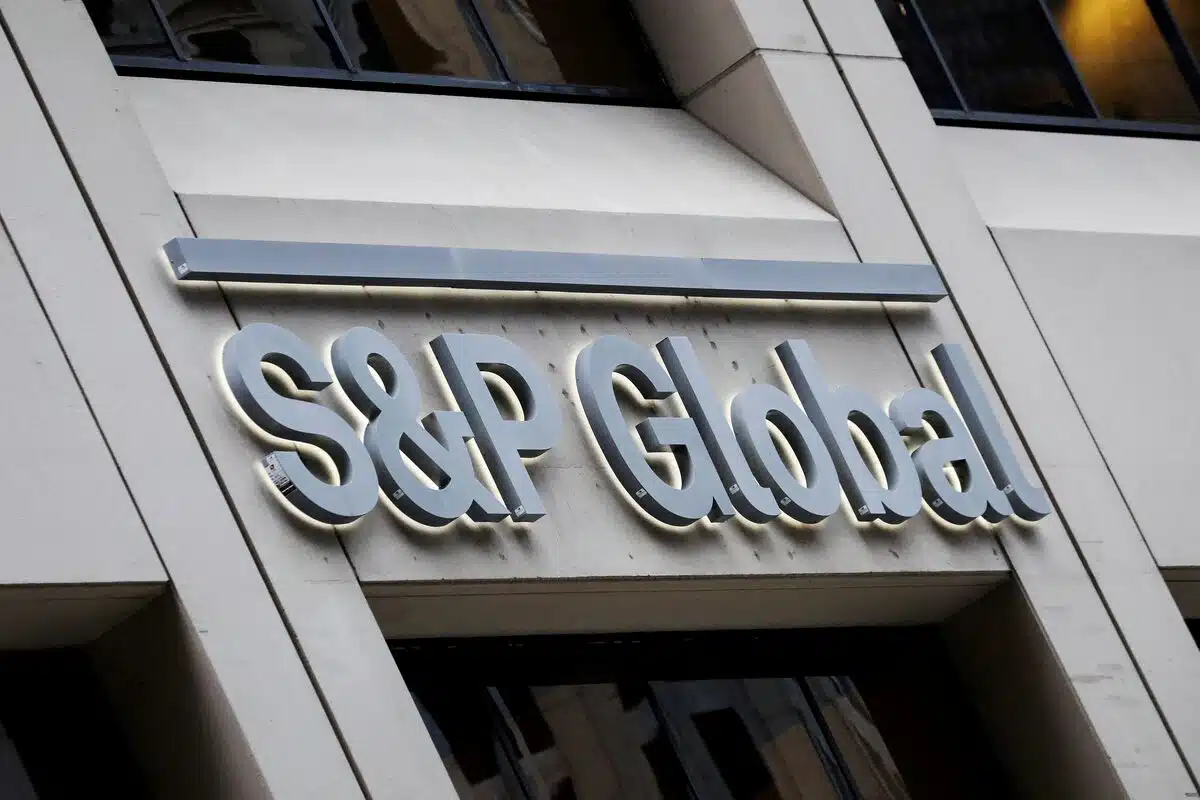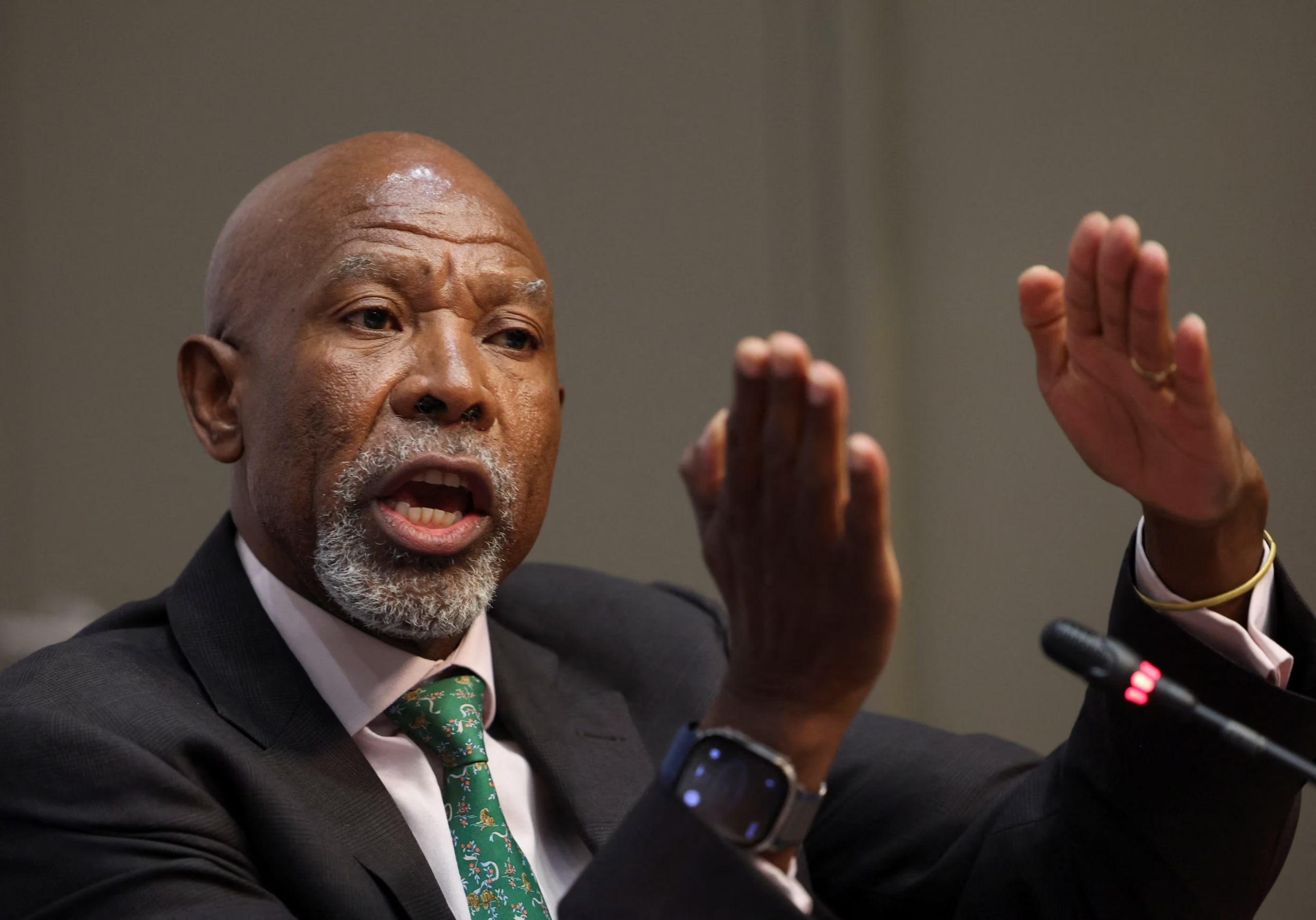Nigeria’s stock market is poised for a rally after the Central Bank of Nigeria (CBN) delivered its first interest rate cut in five years, a move expected to push down yields on fixed income instruments and spur investors toward equities.
At its September 2025 meeting, the CBN reduced the Monetary Policy Rate (MPR) by 50 basis points to 27%, marking the first rate cut since September 2020 and the end of a prolonged tightening cycle.
The central bank also narrowed the asymmetric corridor around the benchmark rate, effectively lowering the Standing Lending Facility (SLF) to 29.5% from 30%, and cut the Cash Reserve Ratio (CRR) for commercial lenders by five percentage points to 45%.
Analysts say the combination of measures should ease borrowing costs and support asset reallocation in favour of riskier investments.
“Pension funds and institutional investors may see compressed returns, prompting diversification into equities or real estate,” said Ayodeji Ebo, a Lagos-based Investment Banking Analyst in a recent policy review.
Ebo added that lower interest rates could bolster corporate profitability, particularly for non-financial firms such as manufacturers and retailers, by reducing financing costs. “This could increase the attractiveness of equities relative to fixed income.”
The shift in market sentiment comes as yields on government securities continue to decline, narrowing the risk premium between fixed income and equities. Last month, yields across short-term instruments moderated further, with Open Market Operation (OMO) rates falling faster than Nigerian Treasury Bills (NTB) yields.
The spread between one-year tenors of both instruments has tightened to 300 basis points from 650 basis points over the past five months. As of October 2025, yields on the 364-day OMO and NTB stand at 21.8% and 18.7%, respectively.
“This trend reflects the combined impact of a dovish US Federal Reserve, the recent MPR reduction, and a lower country risk premium,” analysts at CardinalStone said in their latest fixed-income report.
Analysts expect the shift to rekindle investor interest in dividend-paying large-cap stocks and sectors with strong earnings potential.
Liquidity constraints may slow transmission
Despite the policy shift, concerns remain that tight funding conditions may limit the near-term impact on credit growth and investment flows. “Transmission may be gradual due to tight liquidity from the high CRR,” Ebo said.
Banks continue to grapple with heavy reserve requirements that have drained excess cash from the system, constraining their capacity to extend new credit. In addition to the standard CRR, lenders are subject to a 75% reserve requirement on public sector deposits held outside the government’s Treasury Savings Account.
“This measure curtails banks’ dependence on public sector liquidity, reduces speculative use of government deposits, and strengthens monetary control,” Ebo explained. “However, it also tightens liquidity further, which could blunt the speed of monetary transmission from the rate cut.”
At mid-year, Nigeria’s maximum lending rate averaged 29.8% while the prime lending rate hovered around 18%, reflecting persistently high borrowing costs.
CSL Brokerage also flagged the relatively wide spread between the 24.5% rate on the CBN’s overnight deposit window and treasury bill yields at about 20%, saying it could discourage private sector lending.
“This still makes Standard Deposits Facility more attractive than government securities and implies banks may still opt for it and hence remain a net depositor with the CBN,” the Lagos-based research firm said.
Analysts caution that without sustained liquidity support, monetary easing may take time to filter through the banking system.
For lenders, lower rates could also narrow interest margins as income from loans moderates, even as improved asset quality and stronger loan growth offer some relief.
Room for further rate cuts
Analysts see room for another 50 to 100 basis-point rate cut at the apex bank’s November meeting, supported by sustained disinflation.
CSL Brokerage expects inflation to ease to around 17% before the next policy decision, after consumer prices slowed to 18% in September, extending a downward trend that began in April.
The price trajectory, they said, is likely to persist, aided by previous rate hikes, a steadier naira, and softer fuel prices. “In our base case, we project a further 100bps reduction in the MPR, which would bring the terminal policy rate down to 26.0% by year-end,” CSL noted.
“With the US Federal Reserve shifting to an easing cycle, the CBN has flexibility to cut rates without triggering major capital outflows.”

